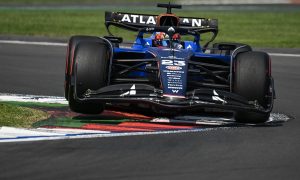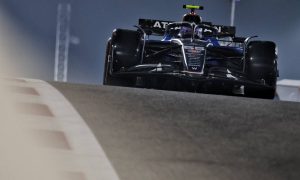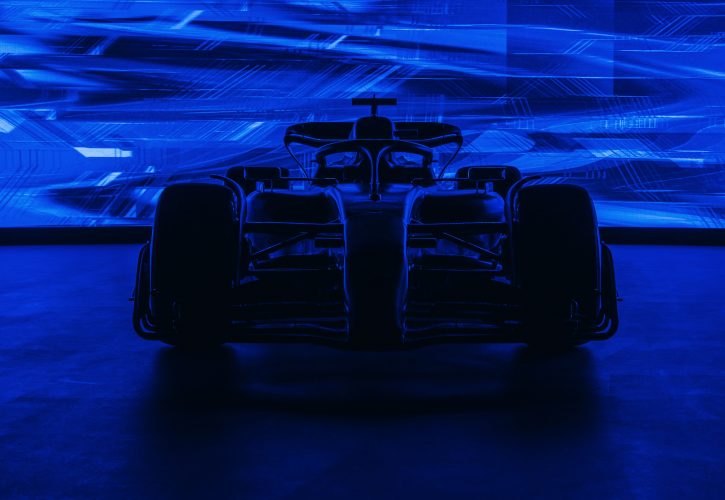
While all its F1 rivals have already showcased their new challengers for the 2024 season, Williams’ new FW46 is late to the party and remains shrouded in mystery, fueling speculation and anticipation.
Last week in New York, Williams unveiled the livery of its 2024 challenger but stopped short of offering the media any technical details on its new design.
“The FW46 has been the focus of the team for many months and there is still a tremendous effort going in from everyone at Grove to deliver our challenger for this year,” Williams team boss James Vowles commented at the event.
Instead of the usual pre-season shakedown at Silverstone, the car’s track debut will take place on Tuesday just a day before testing begins in Bahrain.
This delay, according to Vowles, stems from a conscious decision to take "a huge amount of risk" with the car's design and development.
He describes the changes as "absolutely enormous," breaking away from the team's traditional technology cycles. This aligns with Vowles' vision for Williams, emphasizing the need for improved equipment and a modernized approach to compete effectively in the current F1 landscape.
While acknowledging the delay, Vowles expresses confidence that the FW46 embodies this bold approach. It represents the first car designed under his leadership and marks a significant step forward for the team's ambitions.
“What we were doing with this car is pushing everything to the limits,” Vowles said, quoted by The Race.
“And to give you ideas about that, the chassis technology is different, some of the other technologies are quite different to what we've done before.
“Those changes are enormous for an organisation, absolutely enormous. Some of those have challenged us to push ourselves beyond where we wanted to be.
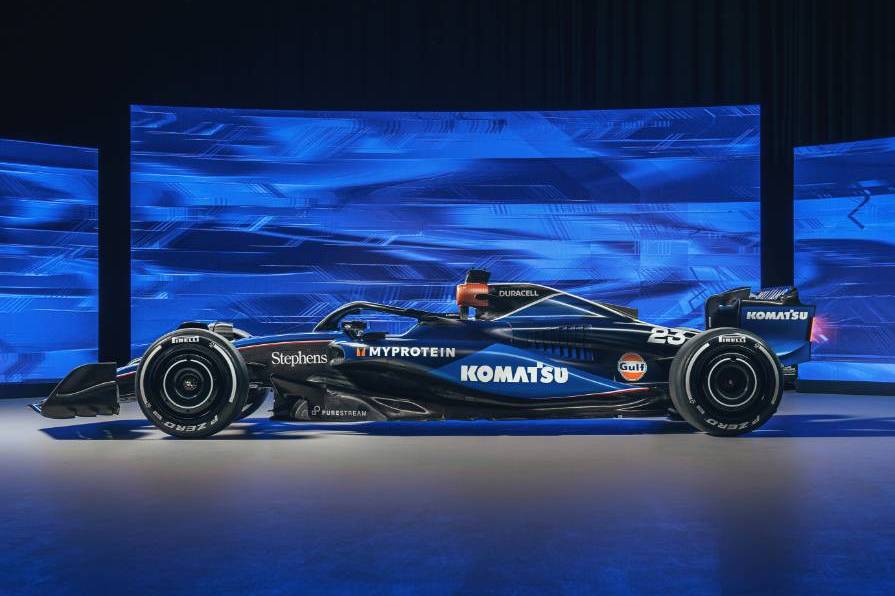
“You simply can't do everything at the same time, you can't change what you're doing and break technology cycles, and put yourself in a much better performance situation, without taking an enormous amount of risk.
“And we have, but there's no doubt about it having the car where we have it now, and you'll see it in Bahrain, is late.”
Vowles quickly alleviated any concerns about Williams botching its preparation, like the crisis it endured in 2019 when its car missed the start of pre-season testing.
Instead, the team has opted to prolong its virtual testing to avoid wasting track time at Silverstone in potentially unfavourable conditions.
While concerns linger about the delay, Vowles' confidence in the FW46's innovative approach suggests Williams is betting on a new strategy for success, distancing themselves from past failures.
“We could easily have run down there,” he said. “But there was a balance between doing the virtual track test and Silverstone.
“A bit of it is we've pushed ourselves to the absolute limits, a bit of it is actually I believe far more in doing other testing, if you'd like to call it that, and then use Bahrain as the opportunity to get started.”

©Williams
Beyond its embedded innovative design philosophies, the FW46 promises a significant shift in on-track behaviour compared to its predecessor.
Williams has struggled in recent seasons, particularly on tracks with demanding corners and low-speed sections with a car that often lacked the aerodynamic efficiency and balance required for these technical layouts.
Both Alex Albon and Logan Sargeant have reported positive changes based on their sim experiences, suggesting the FW46 has addressed its weaknesses.
While the actual results remain to be seen, the FW46 represents a bold attempt to overcome past issues and propel Williams toward a more competitive future.
The new design aims to be a well-rounded contender, conquering the weaknesses that plagued its predecessor. Vowles acknowledged the need for a comprehensive overhaul, focusing on vehicle dynamics, performance, and aerodynamics to create a solid foundation for 2024.
This involved fostering open communication within the team, ensuring no department feels solely responsible for the car's performance.
This approach embodies Vowles' vision for a collaborative and forward-thinking Williams, striving for consistent competitiveness.
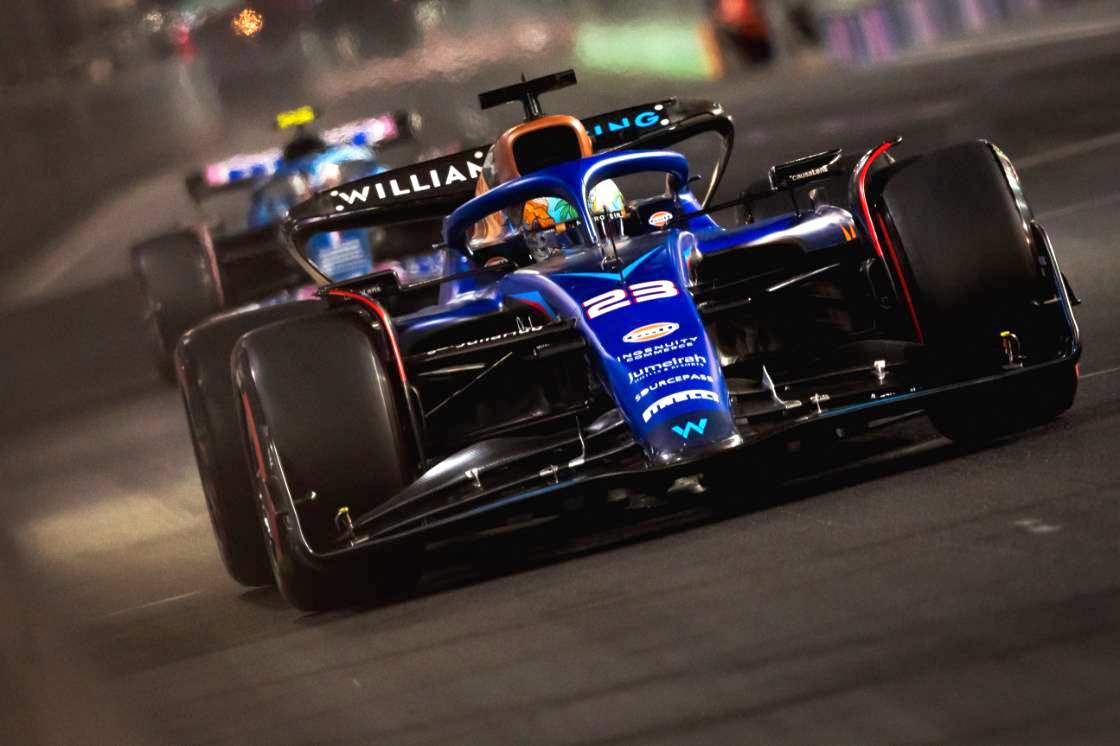
“The base package wasn’t bad, it's just marred by a number of other things,” explained the former Mercedes strategist.
“A lot of the focus we've put on is making sure that we understand what those are, put science to it, understand what's moving it and what's not, use simulation technology to understand how to replicate.
“And once replicated, make significant changes - and they are significant - to how we develop the car aerodynamically in order to overcome that. And it's not just aerodynamics it’s probably three or four areas coming into it.
“I made it clear to the organisation that the weight of failure will rest on my shoulders.
“I don't want anyone to be restrained by a fear of failure, I don't want anyone to be restrained by a fear of pushing outside the boundaries of what we're comfortable.
“[I told them] now's the time, and you have my support, to break what you know, and start again, and go back to the fundamentals and get them right.
“All too often, it is too easy to do something you feel comfortable with and therefore you only move the car a small percent forwards.
“We pushed things right to the limit and very late, there's no doubt about it. And there are times where I don't mind admitting I wasn't sleeping for probably days at a time, because the weight of 1000 people falls on your shoulders.
“But I'm confident that what we are doing is right for the future.”
Keep up to date with all the F1 news via Facebook and Twitter





